
Ahmed Zhaki explains how the use of KNX is evolving in Japan, and how using his home as a KNX showroom has helped him win business in the hospitality sector.
In Japan, rising electricity bills and issues such as aging infrastructure and labour shortages have increased awareness of the importance of automation. Whilst the use of Wi-Fi or RF devices has been popular in recent years and remains so, it is now apparent that such solutions are not suitable for medium to large-scale projects. For these, people have begun to recognise the necessity of opting for wired and robust solutions such as KNX TP and IP.
Spreading the word
Established in 2014, KNX Japan National Group has been very active. Headed by Mr. Aihara, every year we travel around Japan and take part in exhibitions to give presentations and explain the usefulness of KNX and how it can be used in practice. In fact, awareness of KNX in Japan has increased significantly over recent years. Nowadays, clients are actively requesting the use of KNX directly in their projects even before we recommend it. The primary reason for this surge is the rise in KNX projects in Japan, particularly over the last two to three years. For example, my company has collaborated with major housing developers in Japan, such as Not A Hotel, to create some of the most beautiful and sophisticated villas/hotels ever constructed in the country.
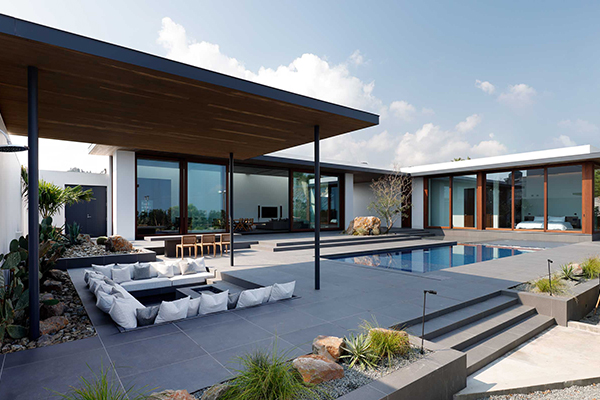
KNX in hospitality
In a recent project, we were tasked with developing the API to facilitate interaction between our server and the Not A Hotel iPad app. We used products from over seven KNX manufacturers and wrote approximately 10,000 lines of code, incorporating over 600 light scenes. Additionally, we implemented features such as sauna controls, hot and cold bath controls, intercom systems, and AV integration to operate seamlessly within a single app. KNX served as a central hub, enabling integration with various systems including Modbus, RS232-485, IR, IP and DALI, allowing us to unify multiple systems within a single project.
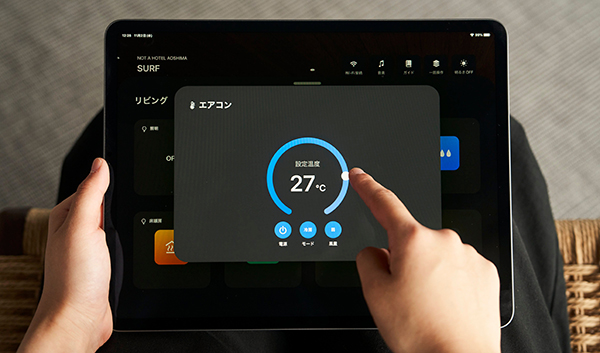
In addition, we were the first in Japan to install KNX into a commercial sauna facility, making it possible to control the temperature of the sauna and automatically fill and drain water in the cold bath. This facility is called ‘Thermal climb studio Fuji’ which ranked 2nd in Japan’s sauna ranking in 2022. Of course, in addition to the sauna, other equipment such as lighting, floor heating, curtains, air-conditioning and an audio/video system are also automated using KNX.
We also created an RGB colour illumination program which works with audio and video control. Furthermore, by incorporating ‘start operation’ and ‘end operation’ scenario buttons and periodic execution scripts, the owner can operate the sauna facility with fewer staff. Saunas are booming in Japan these days, and after this project was completed, we received inquiries from a number of sauna facilities wanting similar control.
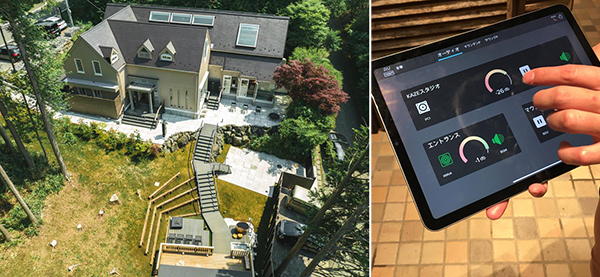
Factors affecting the uptake of KNX in Japan
KNX was developed in Europe, so it’s not surprising that most of the manufacturers’ software and documents are written in English or the original languages, rather than in Japanese. In addition, the supported products controlled by KNX in Japan are very few, typically including only large brands such as Mitsubishi and Daikin. This is why we, at Sumamo, are now developing special KNX modules and gateways for the Japanese market. Our first product is the KNX-JEMA Interface. JEMA is a Japanese standard for home automation, which is very well known in Japan. It is widely used with home appliances such as air-conditioning, floor heaters, door locks, shutters, etc.
A home as a KNX showroom
When we started our company in 2020, there were no facilities where the general public could come and see KNX in action, so we decided to turn our home into a KNX showroom. This now plays a very important role as a place where architects and business developers can see an actual KNX installation. Indeed our relationship with our customer, Not A Hotel, started at this showroom.
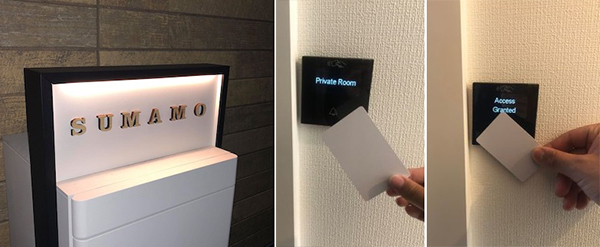
We love living with KNX, and it has become essential to our lifestyle. For example, our garage light turns on only when it gets dark outside, and our corridor, hallways and bathrooms are lit at the appropriate brightness depending on the time of day, so we won’t be woken up by glare at night. We can pick up an intercom call from anywhere in the world and even lock/unlock the door during the call. Furthermore, when we watch TV or listen to music at night, when we open the window, the volume is automatically lowered to a certain level to avoid disturbing our neighbours. When we close the window, the volume goes back to the previous level. This is probably unique, as Japanese people show consideration for their surroundings a lot!
Measurable savings
One of our primary requirements was to be able to measure the use of electricity, water and gas. This was not only to ascertain our usage, but to detect any leaks, in which case the main valve will automatically close.
In the first three months, the electricity bill was around 200 Euros, and we have been able to cut it by 30% by doing some automation around the home. For example, the stairs now have a proximity sensor to turn on automatically for 7 seconds, and the corridor lights up by a percentage according to the time of day, with the help of a motion sensor. This means that if it is a bright afternoon, it turns on by 40%, but when it is night time and dark outside, we set it to 30%.
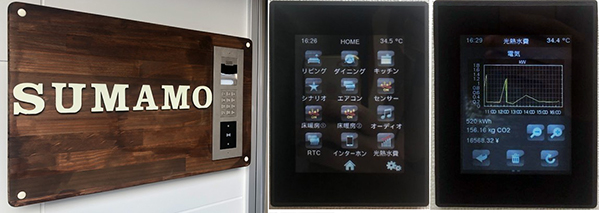
Ongoing activities of KNX Japan
We are proud of being members of KNX Japan, which is very active and holds a general meeting with all members every 3 months. At the end of each year, KNX Japan attends the smart home EXPO held at the Tokyo Big Site, and last time we had more than 100 visitors to our stand. Furthermore, there are ten KNX Basic Training centres which hold training once a month. Indeed we are very proud that all of our staff at Sumamo Co., are KNX certified partners and two of us are KNX Tutors.
Last year KNX Japan did a road show through the major cities of Japan and had 400 attendees across all the events. This year we plan to have a road show in Hokkaido on 5 July. If you would like to join us, please contact us here.
Ahmed Zaki is the CEO of SUMAMO Co., Ltd, a systems integration company that supports customers in 5 different languages, and which works with designers and developers internationally.












